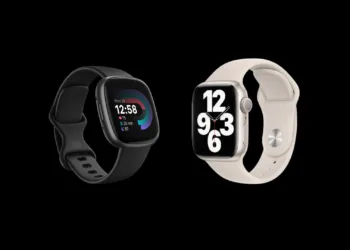Learn what users think about an honest, in-depth Writesonic review. You’ll find out how this tool loses words, increases costs, and generates poor copy.
Table of Contents
Find out why you shouldn’t use WriteSonic.
It’s important to know the different tools available on the market as more and more people use technology to write. We’re going to talk about WriteSonic’s major flaws, like word loss, rising costs, and bad copy. Alternatives to WriteSonic will also be provided for those looking for something better.
Writesonic Review
WriteSonic is disappointing. It lost words, cost more, and generated poor copy. You’re better off using Grammarly or Hemingway.
Pros
- An easy-to-use writing tool
- Users have access to a variety of features.
- The easy-to-use interface makes it easy to use.
Cons
- There is significant word loss when using WriteSonic.
- Increasing costs can be a financial burden for users over time.
- Inconsistencies and errors often contaminate the copy generated by the tool.
- There have been reports of unexpected charges for the service.
- Other writing tools are significantly cheaper than WriteSonic.
Verdict
Not recommended!
⭐️ 1/5 Rating
Word Loss
Users have complained about significant word loss when using WriteSonic.
Adding the missing words manually can be time-consuming and frustrating. Workflow and productivity can also be negatively affected.
A single document can lose hundreds of words, which can be a huge problem if you’re on a tight deadline. There have even been reports of users losing whole paragraphs.
Rising Cost
The rising cost of WriteSonic is another problem. Users have reported that the cost has increased dramatically over time, despite the initial cost seeming reasonable.
For people who use the tool for their work, this can be a big problem. Moreover, WriteSonic is a lot more expensive than other writing tools.
Unexpected charges for the service have been reported by many users, which can be a big hassle and make it hard to budget.
Poor Copy
Another major problem is WriteSonic’s poor copy. Writing tools are supposed to help users, but instead, they produce subpar copy that’s full of errors.
If you’re relying on the tool for your work, this can negatively impact the quality of your work.
There are tons of grammatical errors in the generated copy, which makes it hard even to read. If you’re trying to create quality content, this can be a big problem.
Alternatives to WriteSonic
The good news is that there are plenty of alternatives to WriteSonic if you’re having these problems. ProWritingAid, Grammarly, and Hemingway are a few popular options.
Besides being more affordable, these tools produce high-quality copy. Compared to WriteSonic, these alternatives are cheaper and have better features.
Bottom Line
I think WriteSonic is a good writing tool, but it has major problems, such as word loss and rising costs. Problems like these can be annoying and time-consuming, and they can affect productivity.
If you’re looking for an alternative, make sure you do your research. We hope this post gave you a good idea of what WriteSonic is all about.
Comment below if you have any personal experience with the tool.


![Top 10 Best Heatwave Sunglasses to Buy in [year] 2 heatwave sunglasses](https://www.digitalphablet.com/wp-content/uploads/2024/06/heatwave-sunglasses-350x250.webp)




